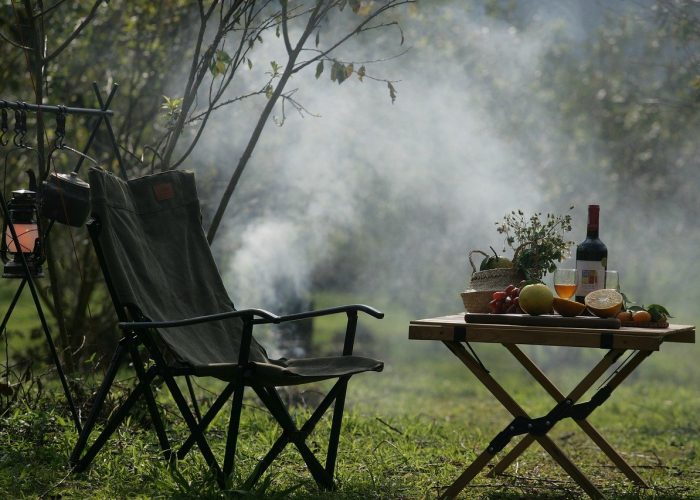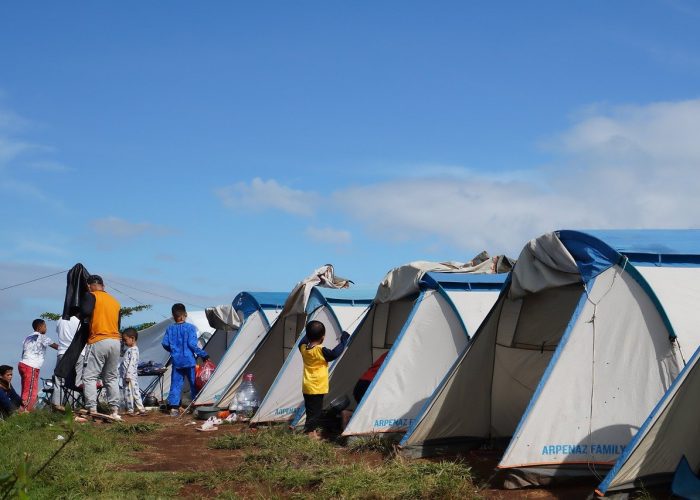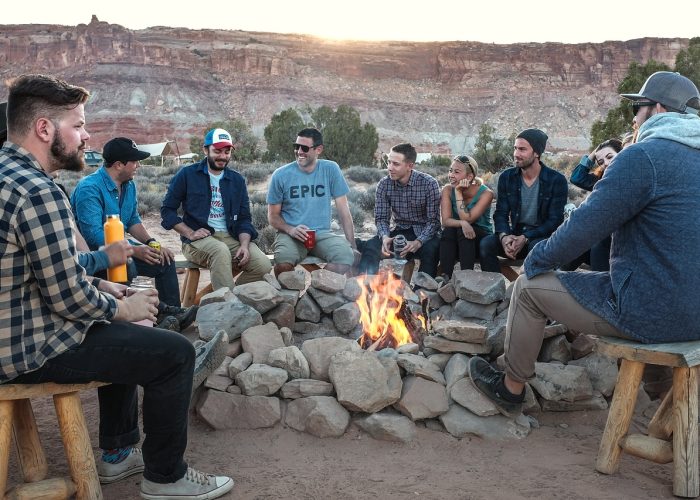Lighting Solutions
A headlamp is versatile, allowing hands-free movement around the campsite. Look for one with adjustable brightness and a red-light mode to preserve night vision.
Lanterns provide soft, ambient light ideal for cooking, eating, or relaxing at night. Many modern camping lanterns are rechargeable, offering long battery life and adjustable brightness settings.




